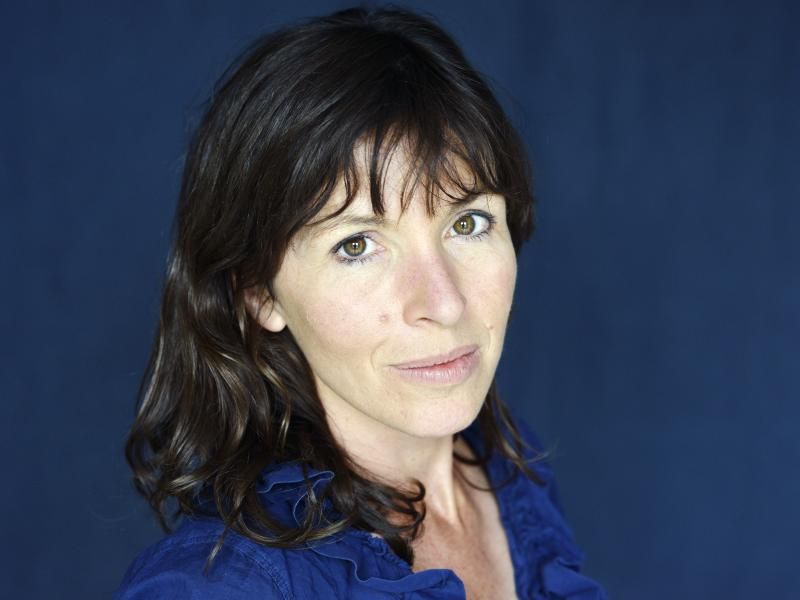
Cusk writes about art as if she doesn’t entirely trust it, resenting the power it has to dominate a life. There are some fine lines too – “The truest test of a person is the test of compassion’ – but somehow the overall effect feels less powerful than it did before, perhaps because the reader feels that a story that has been brilliantly told and has reached a natural ending has somehow come back to life, but without quite the complexity or daring of the original. “Be careful what you ask people to endure,” L cautions afterwards, a remark that should be printed in large letters on literary stages around the world. There are witty sequences – the young boyfriend, Kurt, reads aloud from a terrible novel he’s writing and doesn’t draw breath for two hours. M falls out with Tony, her daughter’s romance with a tedious boyfriend cools down, and all the time L is painting, or not painting, and driving M mad both with interest and irritation.

While there is a certain tension in the air even before the painter’s arrival, it’s aggravated by his presence. The trilogy was a huge success, the equal of Edward St Aubyn’s better-known Patrick Melrose sequence. Cusk’s Faye trilogy – Outline, Transit and Kudos – was narrated by a writer negotiating the often murky territory of the literary world, from festivals to creative writing classes, while charting a path between entitled men and overlooked women. When a writer has completed a highly acclaimed sequence of novels, it must be both liberating and terrifying to start over with a blank canvas. If summer guests are anything like Lawrence or L, then I will be keeping my Seomra firmly off bounds to visitors this year, even when social-distancing rules are lifted. Not so, however, as an afterword explains the novel owes a debt to an arts patron’s memoir of DH Lawrence’s stay with her in 1930s New Mexico. Having read most of Cusk’s novels, and being aware of her propensity for transplanting scenarios from her life into her fiction, I found myself wondering who the painter at the heart of the story was, for he’s a figure of such narcissism and arrogance that I assumed he must be out there somewhere, annoying people. Sadly, the garment in question does not appear to bring luck, as Cusk didn’t win the prize and M is confronted by something so upsetting that it’s among the highlights of the book. I was reminded of this while reading Second Place when M, a novelist, goes to have her portrait painted by L, and chooses her own wedding dress for the sitting. Being an unreconstructed middle-aged man, I dared to compliment her on her outfit and she surprised me by saying that it was, in fact, her wedding dress.

A few years ago, I attended a literary awards ceremony in Toronto where Rachel Cusk, one of the shortlisted authors, arrived wearing the most stunning white dress.


 0 kommentar(er)
0 kommentar(er)
